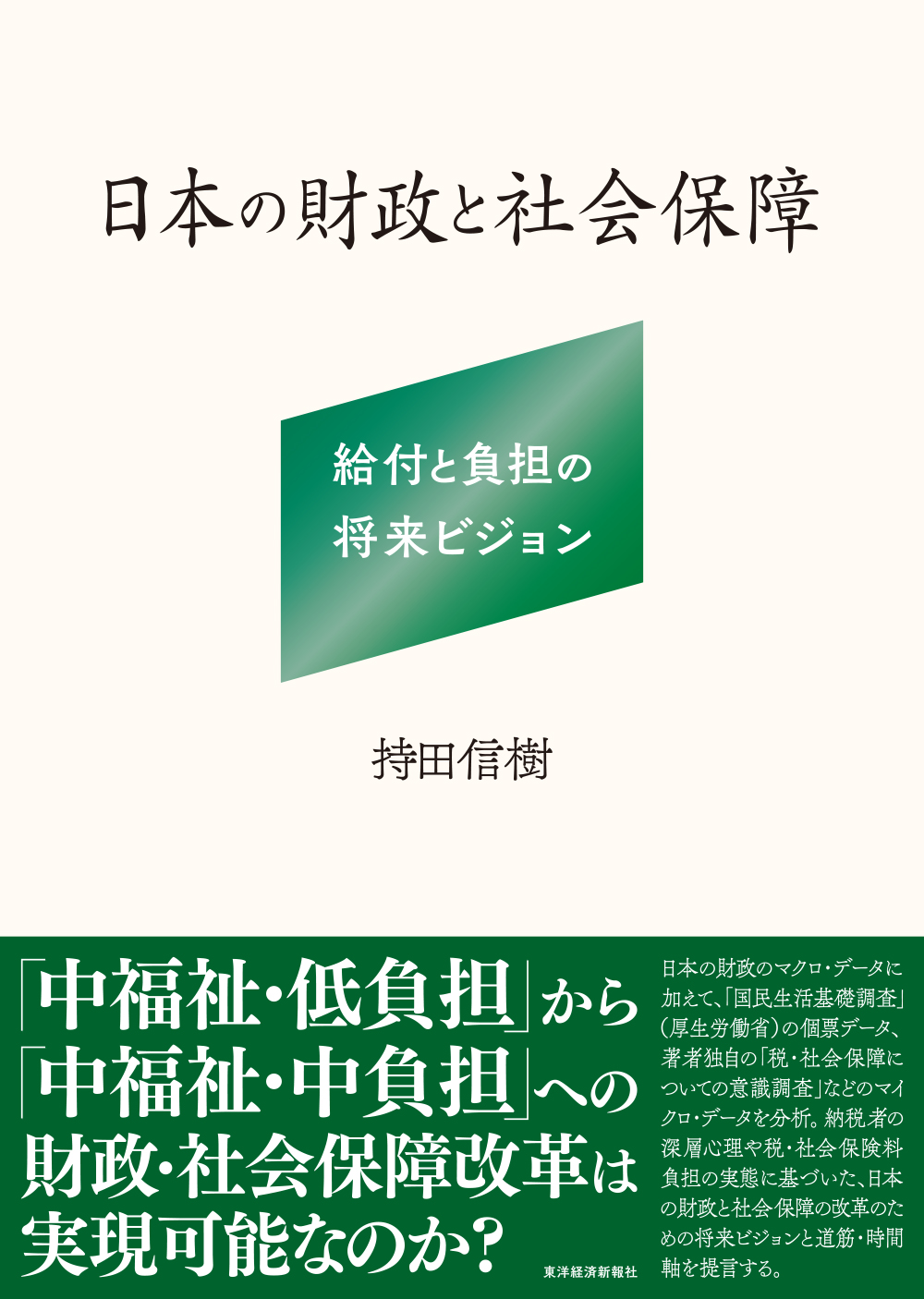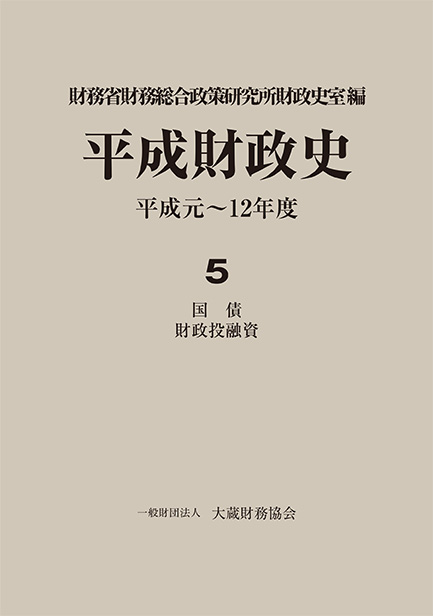
Title
Nihon no Zaisei to Shakaihosyo (Japan’s Public Finance and Social Security System - Future vision of benefits and burdens)
Size
296 pages, A5 format
Language
Japanese
Released
March 15, 2019
ISBN
9784492701508
Published by
Toyo Keizai Inc.
Book Info
See Book Availability at Library
Japanese Page
Japan's public finances are struggling with stagnant government debt, which can be seen as a legacy of prolonged low growth and deflation. In the Heisei era, Japan's public finance deferred the burden of the debt redemption cost to the future. It is well known that Japan’s current government debt is more than twice the gross national product. Even among non-economists and lay people, there is a feeling that Japan’s public finances are in a poor state. There is consensus that fiscal consolidation and the sustainability of the social security system are important issues for economic policy. However, there are conflicting opinions when it comes to how to proceed.
Why has Japan’s public finances reached this critical state? Can economic growth improve the state of public finance? How should the government treat the taxpayer perspective in the discussion of curbing social security benefits and raising taxes? How should the government design tax reform after the consumption tax hike? What is the future of social security in the epoch of a declining birthrate, population aging, and the changes in family and labor markets? How should we understand the paradox of declining long-term interest rates as the government’s debt continues to increase? This book aims to present a professional diagnosis and prescriptions to answer these questions.
Can we switch from “medium welfare / low burden” to “medium welfare / medium burden”? This analysis incorporates not only macro data on Japanese public finances, but also micro data such those from the “National Life Basic Survey (Ministry of Health, Labor and Welfare),” and the author’s own “Tax and Social Security Survey.” This analysis reveals the psychology of taxpayers and the actual burden of tax and social contributions. Based on this analysis, this book provides recommendations for future visions, paths, and timelines for concrete, feasible reforms on issues of public finance and the social security system.
It also considers how Western countries have tackled the issue of fiscal consolidation based on the latest data. What lessons can be drawn from past episodes and the experiences of policymakers and politicians in various countries working on improving the fiscal situation? What was the motivation for initiating full-scale fiscal consolidation with “pain”? What kind of strategy and scenarios did Japan draw for fiscal consolidation in the economic crisis? Was the public satisfied that the end of fiscal consolidation was fair and efficient? Additionally, what kind of contract did politicians make with voters when implementing fiscal consolidation?
A fiscal scholar has little influence on real financial problems and their future. However, we should be able to provide materials that give hope through the prism of the “Public Finance of View,” despite our concerns about future issues. It is a limited preliminary analysis, and this book would be of interest to academic researchers, economists, policymakers, marketers, and the general public who are interested in public finance and the social security system.
(Written by MOCHIDA Nobuki, Professor emeritus, Graduate School of Economics / 2019)
Related Info
The results of this document was reported as a panelist at the 76th Annual Meeting of the Japan Finance Association Symposium “Tax Reform After 10% Consumption Tax” (October 19, 2019).
http://www.gakkai.ne.jp/jipf/convention/76/
At the “Sustainable Finance and Consumption Tax” sponsored by the University of Tokyo Future Vision Center, we gave a keynote speech focusing on the results of this book. (June 5, 2019)
https://ifi.u-tokyo.ac.jp/event/3663/
Book Review:
Short comment published in the morning edition of the Nihon Keizai Shimbun (May 11, 2019)
https://www.nikkei.com/article/DGKKZO44624750Q9A510C1MY7000/



 Find a book
Find a book


 eBook
eBook
